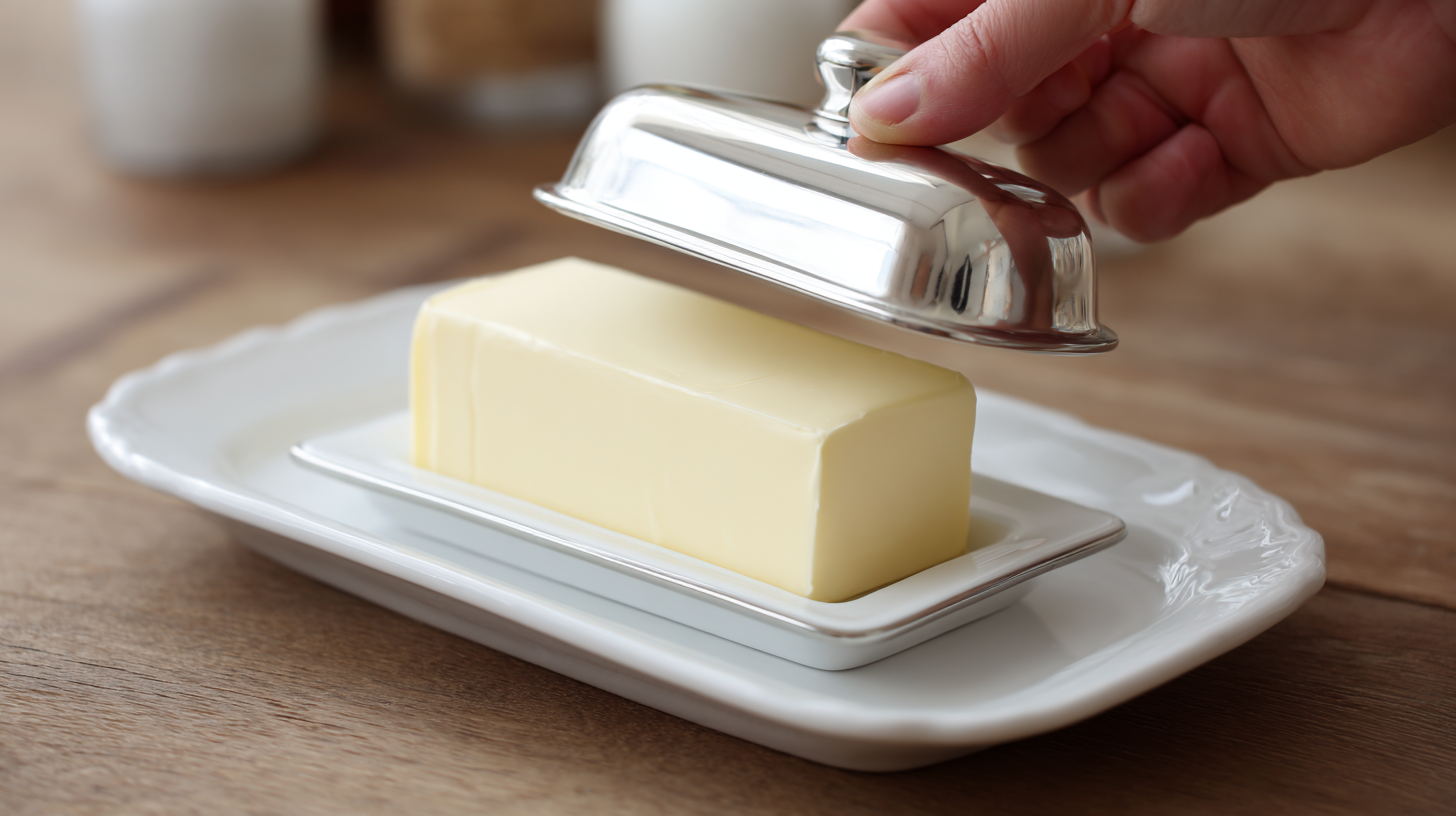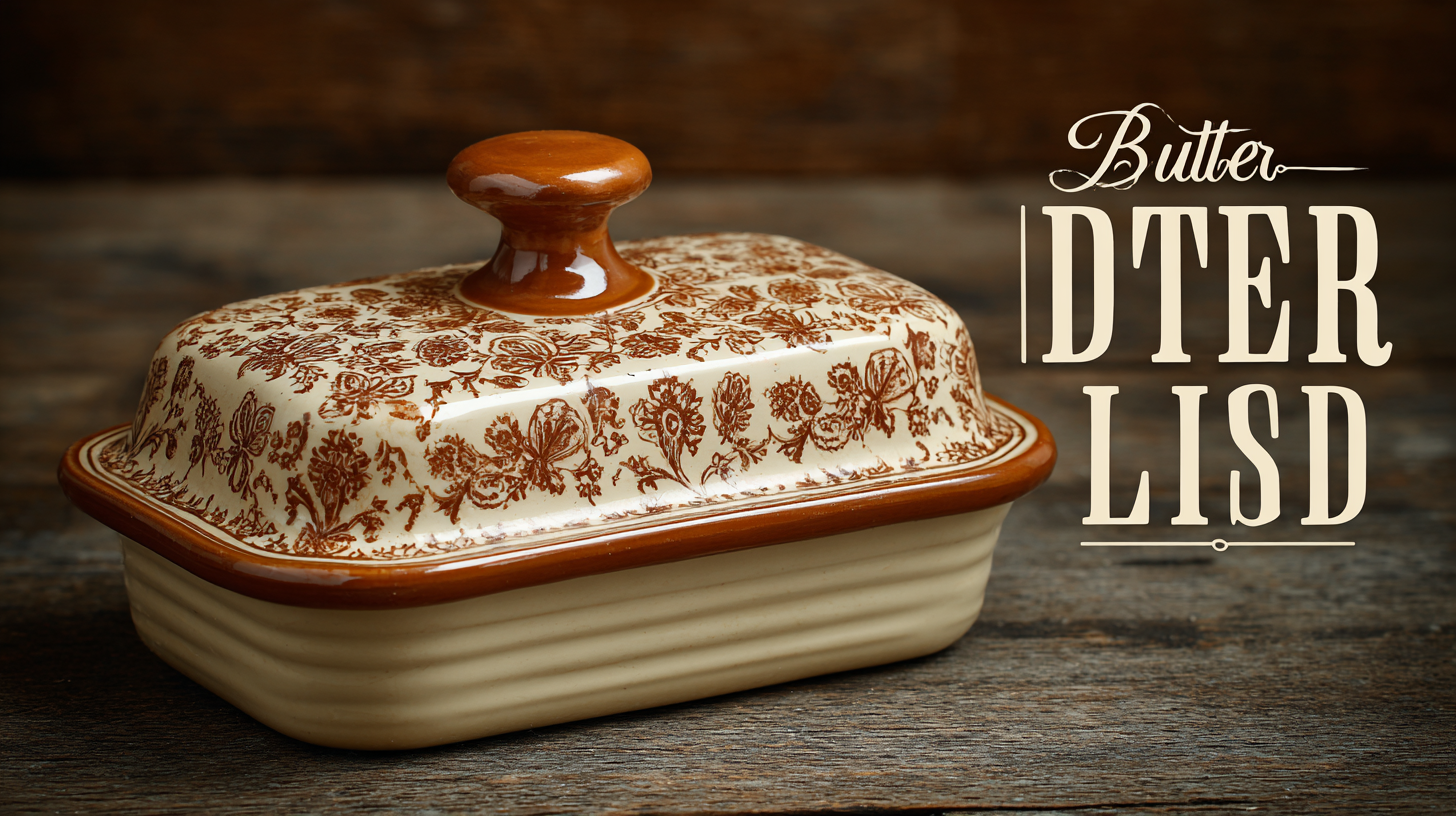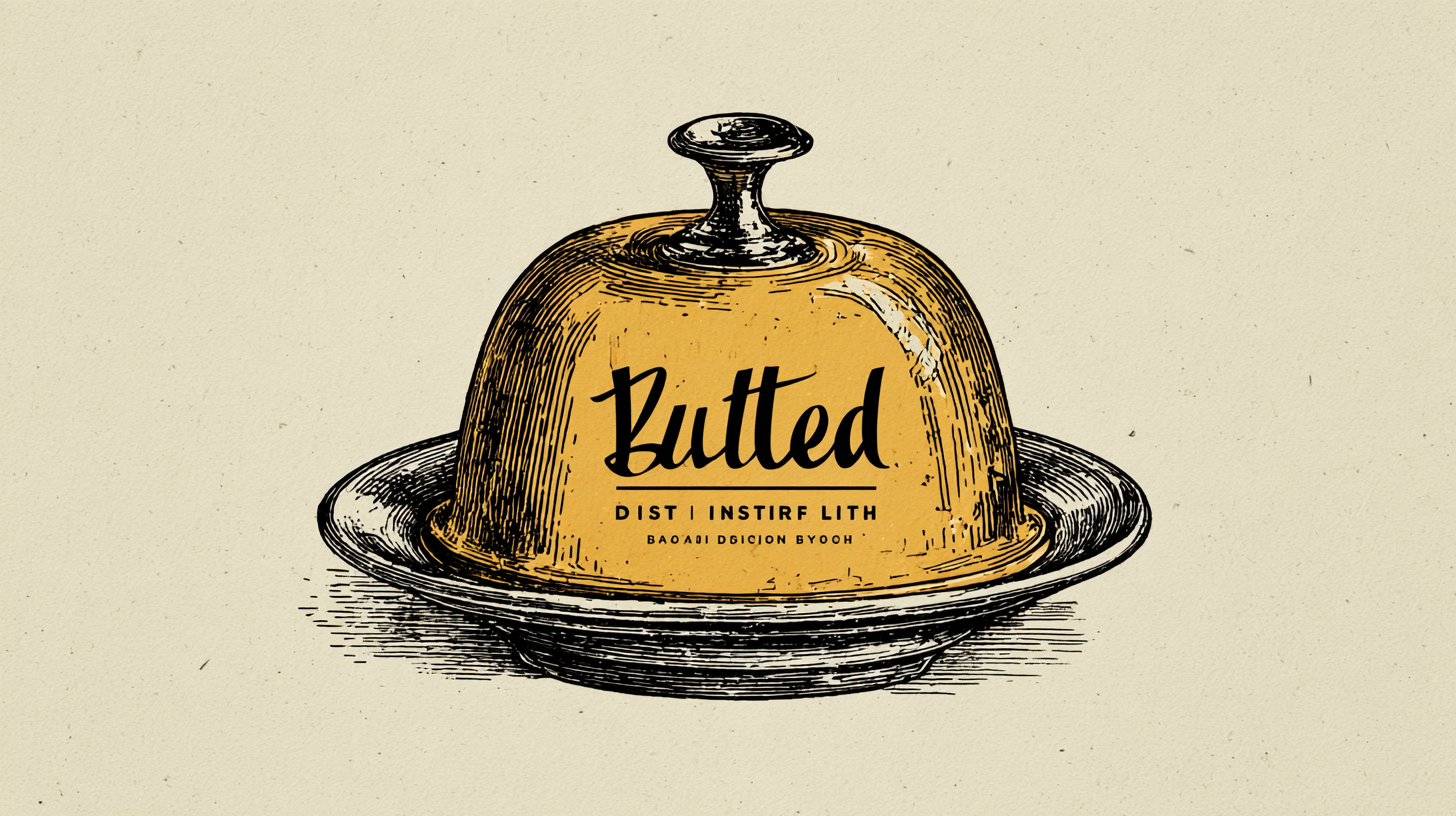

The kitchenware industry has seen a notable rise in consumer interest for specialized items, with the "Butter Dish With Lid" emerging as a staple in modern kitchens. According to a recent market analysis report by Grand View Research, the global kitchenware market is expected to reach over $50 billion by 2025, driven by an increasing focus on home cooking and dining experiences. The right butter dish not only serves practicality by preserving the freshness of butter but also enhances the aesthetic appeal of the dining table. With various materials, sizes, and designs available, choosing the ideal butter dish with lid can be a daunting task for consumers. This guide aims to simplify the selection process by exploring crucial specifications and providing insights into how to choose the best butter dish with lid tailored to individual needs and preferences.

When it comes to kitchen essentials, a good
butter dish with a lid is often overlooked,
yet it plays a crucial role in maintaining the quality and freshness of butter.
The right butter dish not only protects your butter from contaminants but also
prevents it from absorbing odors and flavors from other foods in the refrigerator.
A well-sealed lid is essential as it ensures that your butter remains soft
and spreadable while maintaining its delightful taste.
Moreover, choosing the right butter dish can enhance your countertop aesthetics.
Available in various materials such as glass, ceramic, or stainless steel, a stylish
butter dish can complement your kitchen décor. Additionally, consider the size and
capacity to accommodate standard butter sticks while allowing adequate space for
easy access. Ultimately, investing in a quality butter dish with a lid is not just
about functionality; it reflects an appreciation for the finer details
in culinary presentation and food preservation.

When choosing the right butter dish with a lid, the material and design are paramount considerations. According to a recent report by the National Association of Home Goods Manufacturers, 62% of consumers prefer ceramic or glass butter dishes over plastic ones due to the superior aesthetics and durability they offer. Ceramic dishes provide excellent insulation, keeping butter at an ideal spreadable consistency, while glass options are non-reactive and do not impart flavors.
Design plays a crucial role not only in functionality but also in complementing kitchen decor. A study from the Kitchenware Industry Association indicated that 45% of consumers consider the design as one of the top factors influencing their purchase decision. Look for features such as a tight-fitting lid to maintain freshness and avoid spoilage. Additionally, a non-slip base is recommended for stability, especially when using a dish on a countertop. Ergonomic handles can enhance usability, making it easy to serve butter directly from the dish. By focusing on these key features, you can select a butter dish that meets practical needs and elevates your kitchen's aesthetic.
| Feature | Description |
|---|---|
| Material | Ceramic, glass, stainless steel or plastic options available |
| Lid Type | Tight-fitting lid, removable lid for convenience |
| Size | Standard size for one stick of butter or larger for multiple sticks |
| Design | Elegant, modern, rustic, or traditional styles available |
| Ease of Cleaning | Dishwasher safe or easy hand wash options |
| Non-slip Base | Some designs feature a non-slip base for stability |
| Weight | Lightweight for easy handling or heavier for stability |
When it comes to selecting the ideal butter dish, understanding the various types available is crucial. There are two primary categories: covered butter dishes and open butter dishes. Covered butter dishes, often made of glass or ceramic, not only preserve the freshness of butter but also keep out unwanted odors. According to a recent industry report by The NPD Group, 68% of consumers prefer covered dishes due to their ability to extend the shelf life of butter by up to 50% compared to open varieties. However, the downside is that they can take up more space in the fridge.
On the other hand, open butter dishes, usually constructed from plastic or stainless steel, offer easy accessibility and a more stylish presentation on the table. They are often favored for their convenience, as reports indicate that 55% of users find open dishes more user-friendly for spreading butter directly onto bread. Nevertheless, their exposure to air can lead to quicker spoilage, with studies suggesting that they can lose flavor and texture in just a few days if not used properly. Ultimately, the choice between these types boils down to personal preference regarding freshness and usability in daily kitchen routines.

When selecting the perfect butter dish with a lid, size is a crucial factor to consider. According to industry reports, the standard dimensions for butter dishes typically range from 7 to 8 inches in length, allowing them to comfortably accommodate a standard stick of butter while also providing enough space for easy access. This dimension is particularly functional in the kitchen, ensuring that butter remains at an optimal temperature for spreading.
Additionally, a well-designed butter dish can also enhance the aesthetic appeal of your dining table. Using a butter dish that fits nicely within the context of your dining decor can elevate the dining experience. Recent trends show that consumers are gravitating towards dishes that feature both functionality and style, with materials like ceramic and glass gaining popularity due to their durability and ease of cleaning. These materials not only serve a practical purpose but also contribute to the overall ambiance of a meal, making a thoughtful choice in size and design essential for both utility and presentation.
Maintaining your butter dish is essential for preserving both its aesthetics and functionality. Regular cleaning will prevent the buildup of oils and residues that can affect the flavor of your butter and compromise the dish's appearance. It's recommended to clean your butter dish after each use, especially if it has been exposed to warm temperatures. A gentle wash with warm, soapy water is usually sufficient; avoid using abrasive sponges that might scratch or dull the surface.
For those with decorative or ceramic butter dishes, careful handling is crucial. To preserve the glaze and prevent chipping, consider placing your dish on a soft surface when drying or storing it. If your butter dish features a wooden lid, be aware that wood requires special care; ensure it’s thoroughly dried after washing and occasionally treat it with mineral oil to maintain its quality and appearance. By following these simple cleaning and care tips, you can ensure that your butter dish remains a staple in your kitchen for years to come.
